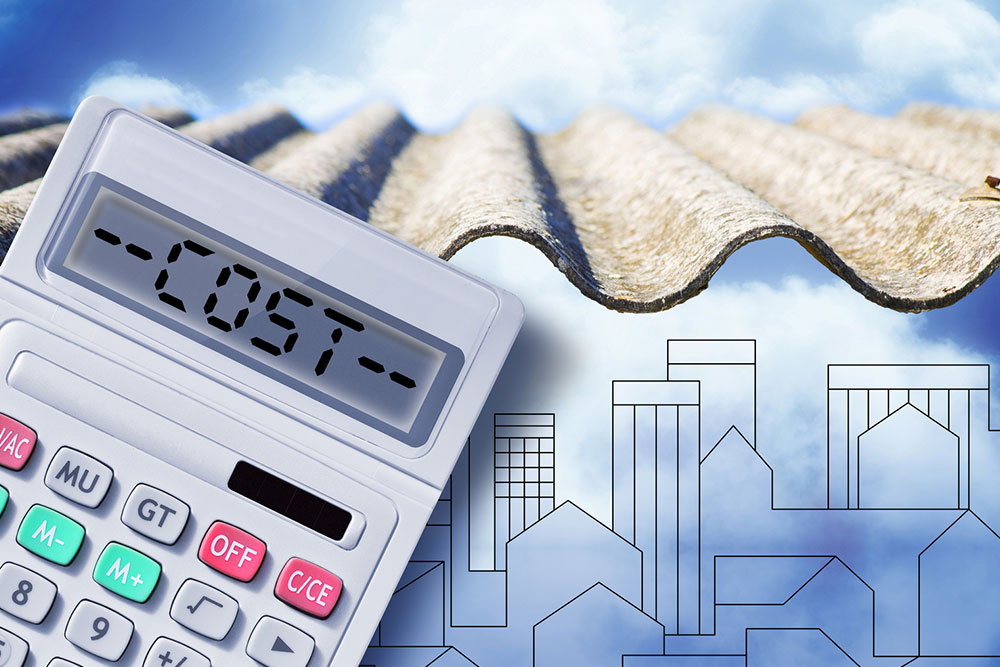Key Factors Influencing Property Prices in Mumbai Apartments
This article explores the various elements that influence apartment prices in Mumbai, including location, amenities, construction quality, market trends, and government policies. Understanding these factors can help buyers and investors make informed decisions in Mumbai’s dynamic real estate landscape.

Mumbai's vibrant economy and lifestyle attract many, but real estate costs remain steep. The prices for 1, 2, and 3-bedroom apartments often pose challenges for average buyers. Several elements drive these high costs, including location, amenities, construction standards, apartment layout, market dynamics, urban density, builder reputation, and government policies.
Location: Prime neighborhoods such as Worli, Andheri, Malabar Hill, Juhu, and Bandra fetch premium rates, sometimes around 57,000 INR per sq.ft., owing to their proximity to commercial hubs, educational institutions, and social spots. Outlying areas are comparatively cheaper.
Amenities: Modern features like swimming pools, gyms, landscaped gardens, and security systems increase property values. Gated communities with enhanced safety are highly preferred.
Build Quality: Usage of premium materials like marble flooring, glass walls, and high-grade steel raises project costs but improves aesthetic appeal and resale value.
Apartment Layout and Size: Developers offer diverse configuration options, with 1BHKs spanning 400-600 sq.ft., 2BHKs up to 700 sq.ft., and 3BHKs approximately 900 sq.ft. Prices differ based on size and location.
Market Trends & Economy: Factors such as inflation, GDP growth, interest rates, and government regulations influence property prices. Keeping an eye on these helps investors make wise choices.
Urban Growth & Space Constraints: As Mumbai's population rises, vertical expansion via high-rise buildings becomes necessary, driving prices upward due to limited land.
Builder Reputation: Well-established developers known for quality and punctual delivery tend to charge higher prices, attracting buyers seeking reliability and superior design.
Regulatory Policies: FSI caps, GST, and stamp duty affect pricing. Urban development initiatives like the Mumbai Development Plan 2034 aim to promote balanced growth, impacting future property values.
By understanding these factors, buyers and investors can better navigate Mumbai’s competitive real estate market.


